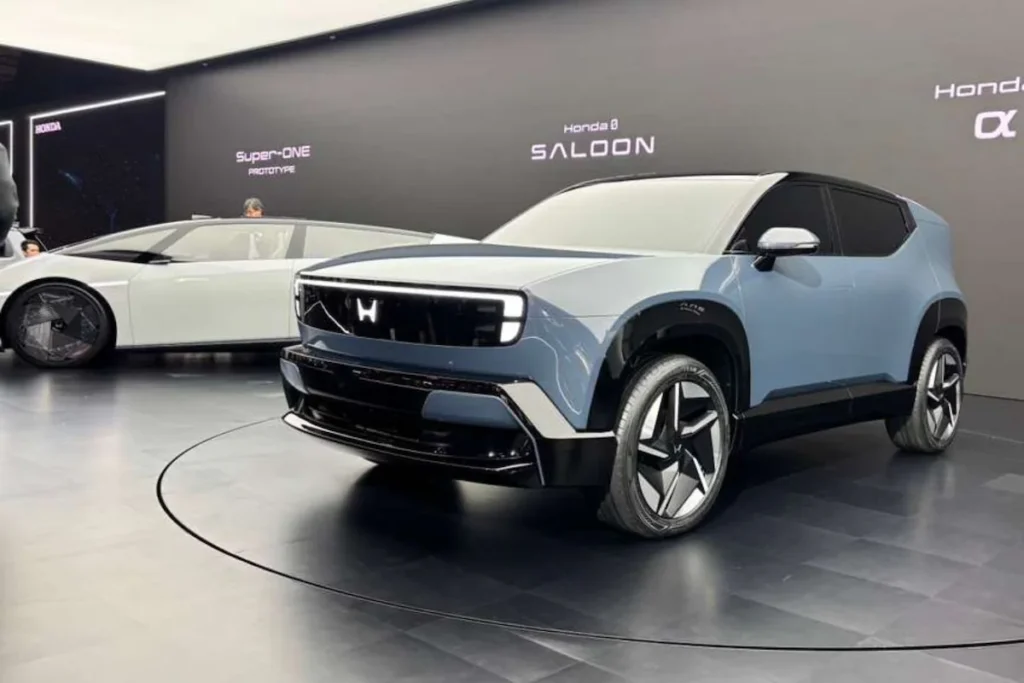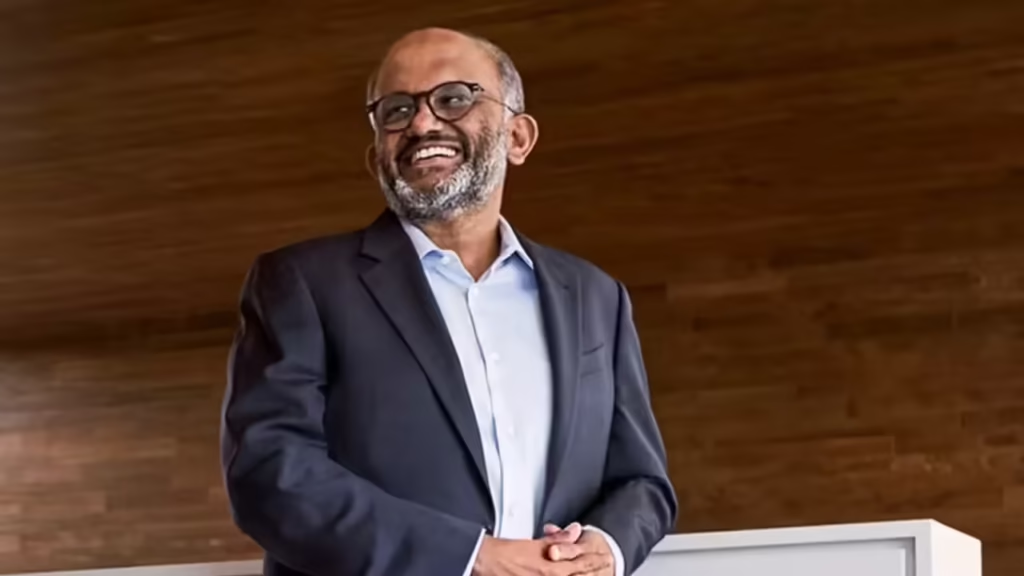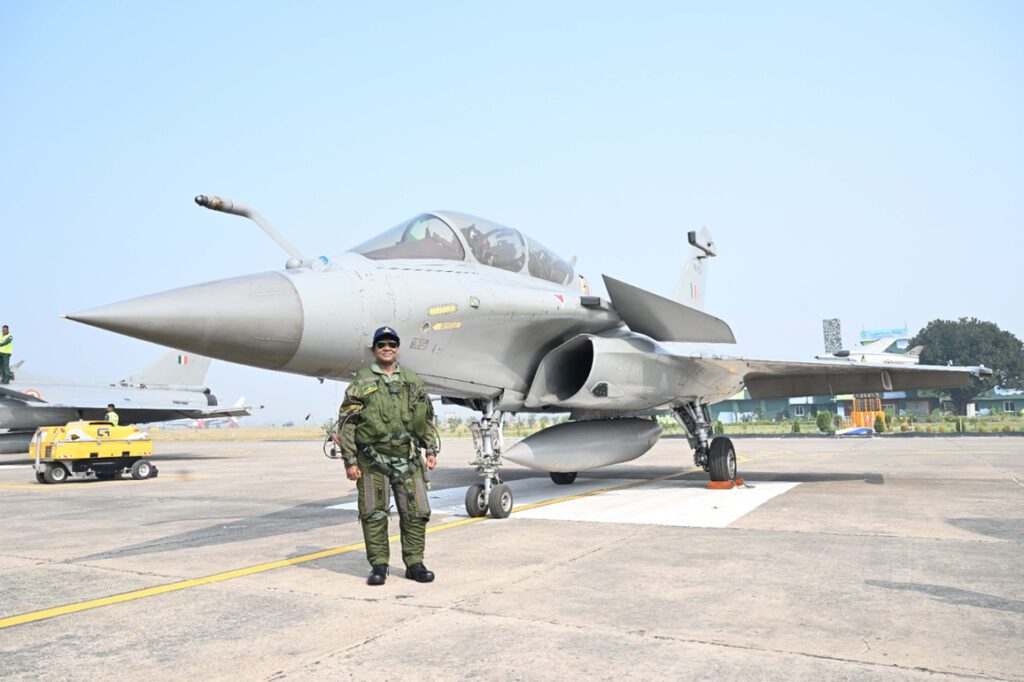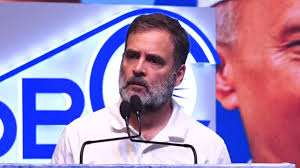Now Reading: Vizag Metro Project Moves Forward: Phase 1 Tenders Open for ₹6,250 Crore Plan
-
01
Vizag Metro Project Moves Forward: Phase 1 Tenders Open for ₹6,250 Crore Plan
Vizag Metro Project Moves Forward: Phase 1 Tenders Open for ₹6,250 Crore Plan
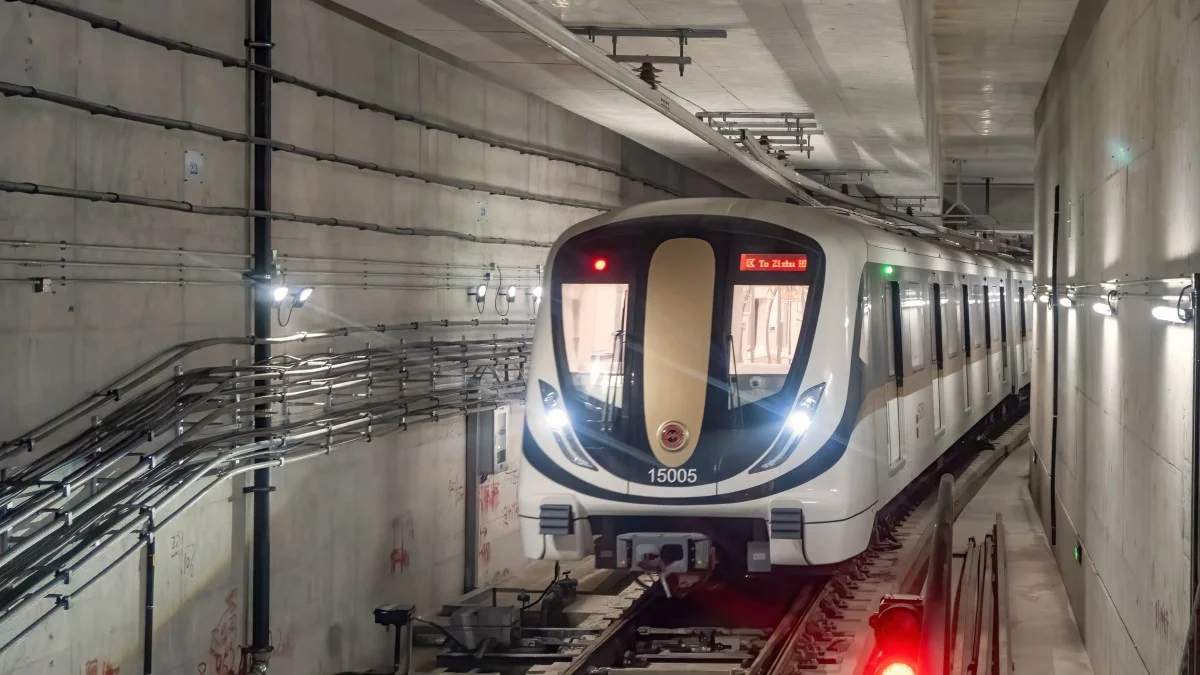
After years of anticipation, the Vizag Metro Rail project has officially picked up pace. Tenders have been invited for Phase 1 of the ₹6,250 crore project, marking a major step in transforming Visakhapatnam’s urban transport. The metro aims to ease daily commutes, reduce traffic congestion, and offer a faster, cleaner public transport alternative to lakhs of residents.
What Phase 1 Covers
The first phase of the Vizag Metro will cover a stretch of nearly 80 kilometers, with the initial corridor planned between Steel Plant and Kommadi. This corridor will run through key residential and commercial zones, including Gajuwaka, NAD Junction, and Maddilapalem.
Officials have confirmed that the plan includes modern stations, multimodal connectivity, and a focus on last-mile access—critical for people living in Tier 2 cities where public transport often lacks integration.
A Long-Delayed Dream Nears Reality
Talks around a metro system in Vizag have been ongoing for over a decade. The recent formal step of inviting tenders shows that the project is finally on solid ground. The government aims to fast-track construction, with completion timelines expected to be more realistic and closely monitored.
Public sentiment around the metro is largely positive, especially among daily commuters, students, and office-goers who rely on autos, buses, or private vehicles for long and often exhausting travel.
Boost to Jobs and Infrastructure
Beyond transportation, the project is expected to give a major push to infrastructure, real estate, and employment in the region. Metro corridors typically trigger commercial growth along their routes, and officials hope Vizag will follow the same pattern seen in cities like Nagpur or Kochi.
The tender also opens up opportunities for local and national construction firms, engineers, suppliers, and service vendors, all of whom will play a role in this large-scale development.
Conclusion
The opening of tenders for Vizag Metro’s first phase signals more than just progress on paper—it signals change on the ground. For a fast-growing city like Visakhapatnam, a reliable metro network could reshape urban mobility and ease pressure on existing infrastructure. If timelines are m






